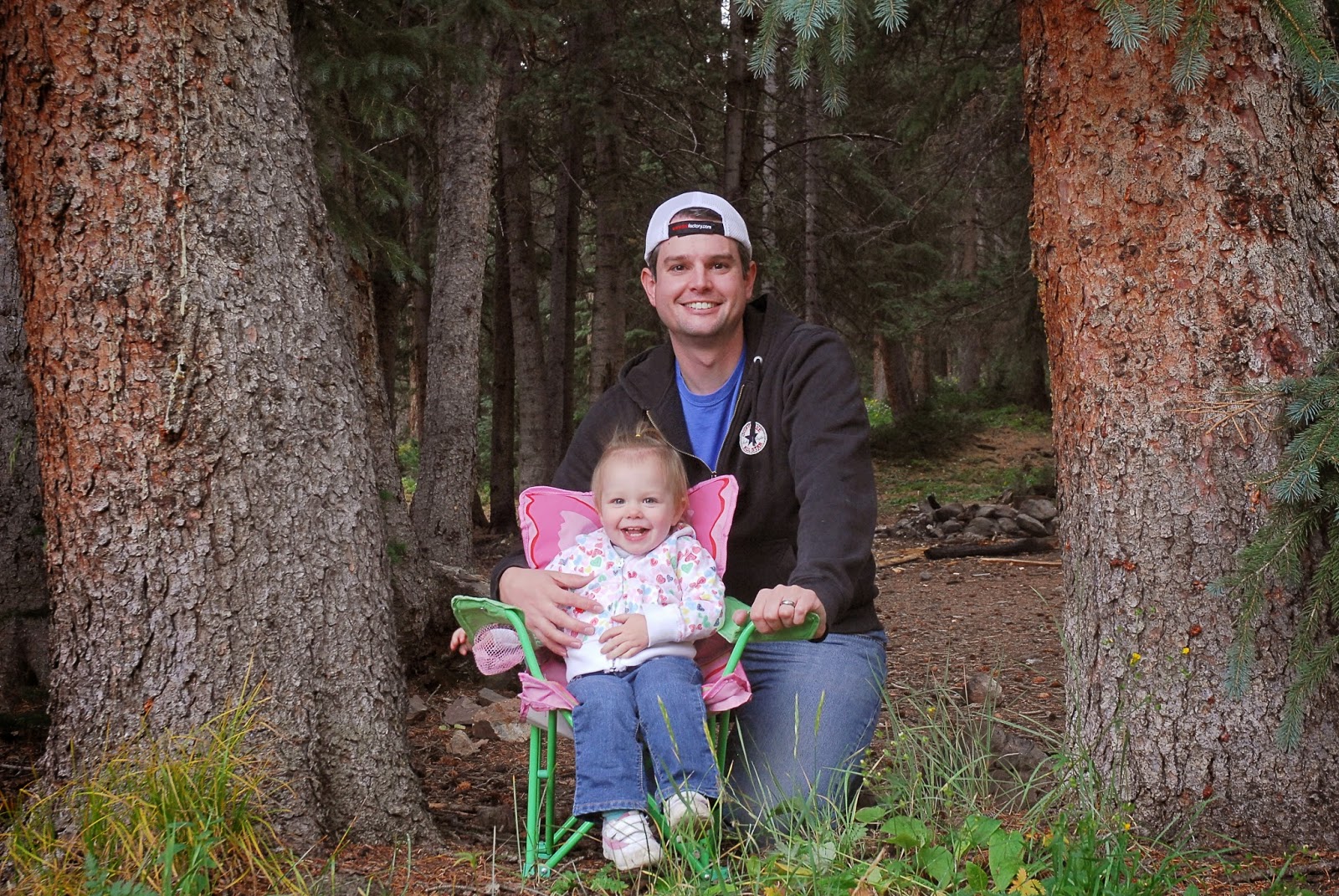Location: Between Lake City and Ouray, CO.
Trailhead: The west side is 3.3 miles south of Ouray from the turn-off to Box Canyon Falls on the Million Dollar Highway (Highway 550). Coordinates are 37.988621, -107.649654 (37°59'19.0"N 107°38'58.8"W).
To be exact, the west side of Cinnamon Pass road doesn't start near pavement and this is actually the start of Engineer Pass. There is a connector that is well marked that will take you to Cinnamon Pass 7.0 miles after you leave pavement. You can also get to the west entrance of Cinnamon Pass from Silverton on the Animas Fork Road (County road 2) that starts at the Silverton Lakes Campground. When you get to the Ghost town of Animas Fork, there is a sign pointing the way to Cinnamon Pass. GPS coordinates of the start of Animas Fork Road are 37.818126, -107.650748 (37°49'05.2"N 107°39'02.7"W).
The east end starts near Lake City. The road is 2.2 miles south of 1st street in Lake City on Highway 149, and it goes to the right. You follow this paved road for 4.1 miles, where the pavement ends. It comes to a T in the road, and the Cinnamon Pass Road is to the right. Coordinates are 37.949241, -107.302314 (37°56'57.3"N 107°18'08.3"W).
Cinnamon Pass combined with Engineer Pass make up the Alpine Loop. The roads connect Lake City and Ouray, CO. If you are staying in Ouray, you could probably do the entire loop in one day, but it would make for a long day. It took me about 5.5 hours to complete Engineer Pass and it took me 5.5 hours to do Cinnamon Pass. Since Lake city is 2.5 hours from my house, we decided to do only half of the loop at a time.
I did Engineer Pass about 2 months ago in July and it was lush and green. When I did Cinnamon Pass a few days ago in mid September, the leaves were changing colors and the meadows were brown. The elevation is so high on the Alpine Loop that only short grasses, small wild flowers, and other similar ground cover can grow. They call this this growth the Alpine Tundra. These areas were brown and dying since it was so late in the year.
Cinnamon Pass was used by the Ute Indians before the white-man explored the area. In 1870's, the government felt that because the pass didn't cross the Continental Divide that mail could be delivered year-round across the pass. I'm not sure what they were thinking, especially since the pass reaches 12,800 ft in elevation. During the summer it is nice a cool on the pass, I can only imagine how much snow there would be in the winter.
The first road was constructed over the pass in 1877 and did well until the mining in the area declined. Now we have a fun jeep road thanks to that wagon road.
On the west side of Cinnamon Pass there is a ghost town called Animas Fork. Most of the buildings have been destroyed by the snow, but a few still remain. There is a group that maintains the buildings to help preserve the history. The highlight of Animas Fork is one house that has a big bay window, something I have never seen at any other mining ghost town.
Here are the GPX and KML files of the trip.
There were a lot of pretty leaves on the trip, I may
have gone a little overboard in taking pictures.
As I have said, we always find great spots for lunch.
The problem with lunch is that my daughter
wants to play and doesn't eat much.
She loves her chair we bring for lunch time!
This is American Basin, a small side trail I took
before I reached the top of Cinnamon Pass. It is
only a few miles long, and the view is worth it.
This is the bay window at Animas Fork. You can go
inside the house and look around.
Here is a birds-eye view of Animas Fork.
This is the Alpine Tundra I talked about earlier. I have a
picture of the same spot from my Engineer Pass trip. You can
compare how green it was 2 months ago and now see how
brown it is now. This field was full of purple flowers two
months ago, now it is filled with brown, dead flowers.




























































